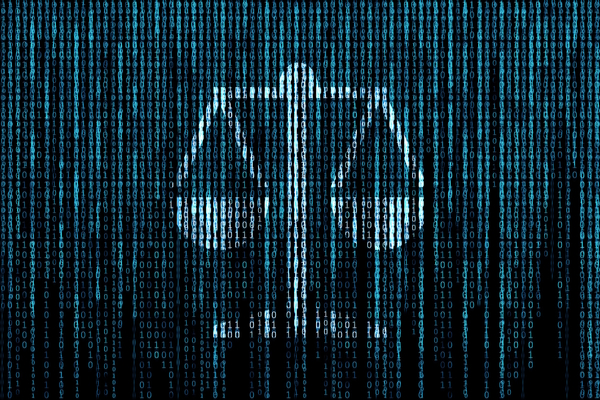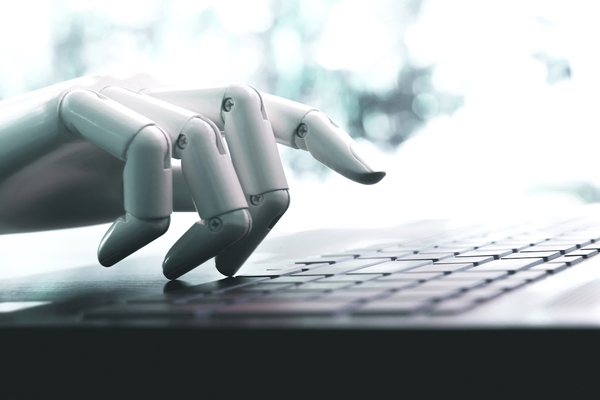Exit IT, enter digital employee experience: is your business ready for the big change?
Sponsored by NexthinkIT’s role has grown from supplying and overseeing IT equipment to creating and maintaining the entire work environment

Over the past year you’ve no doubt read articles, heard news or talked with a colleague about how the pandemic has changed the way we work. And the truth is, organisations are still figuring things out. Internal structures are changing, expectations for where employees work have evolved and technology requirements are still a work in progress.
One of the biggest changes to the workplace over the past two years has been within IT departments. The digital transformation organisations had been working towards rapidly became major priorities, to enable businesses to continue while working remotely. Digital readiness was no longer a nice-to-have, it became the connective tissue for employees to connect across the world. Let’s look at how that has changed the role IT once traditionally played within an organisation.
Understanding today’s expectations of IT
While IT has always been a key player, its role has transformed from a problem-fixer to an architect of the workplace. We no longer rely on brick-and-mortar offices to develop our workplace culture. Today our offices live in hardware and software. Our water coolers have become messaging channels and our conference rooms have become video calls. It’s not just our productivity that is dependent on our technology, but our company culture. The digital day-to-day run of show for organisations everywhere is made possible by IT, the producers.
But to pull this off there needs to be a cognitive shift from the traditional roles and responsibilities of IT. In fact, in a recent study 94 per cent of IT professionals agreed that the roles and responsibilities of their job has moved away from simply provisioning IT equipment. These are now focused more on providing solutions which promote employee collaboration and productivity since the shift to remote and hybrid working during the pandemic.
IT’s ownership of new tasks, such as developing working-from-home practices and training, supporting employee communication platforms and developing sustainability projects and polices, have been seen by 99 per cent of respondents in this same study. Many of these tasks are essential to day-to-day business operations. In fact, most workers (58 per cent) believe HR and IT are responsible for the workplace in equal measures. This means IT is a critical component to employee experience, having an impact on overall retention rates.
IT and the Great Resignation
A record 4.5 million workers switched jobs at the end of 2021. This staggering change happened for a number of reasons, but according to one recent report, HR and IT leaders ranked poor tech service as the third most influential factor for employee turnover and burnout. That is how much of an impact IT has on organisations today.

Today digital experience and employee experience are synonymous. It is IT’s job to create productive and positive work environments – whether employees are working from home, in the office, or both. For organisations still navigating the new role of IT and how they can be more impactful throughout the entire organisation, here are a few tips:
Expand visibility of employee IT pain points and needs
By understanding how employees are leveraging technology and where their challenges arise, IT leaders can help maintain productivity and create better digital employee experiences.
Incorporate automation
It’s possible to anticipate some common IT problems. For these instances, having automated responses for problem solving can create a more seamless tech experience for employees and IT leaders.
Establish experience-level agreements (XLAS) to fill the gaps that service-level agreements (SLAs) can’t
XLAs enable IT leaders to establish goals based on the quality of experience they’re delivering to employees. Measuring and tracking XLAs can allow IT leaders to solve high-priority issues first and ensure positive digital employee experiences.
Deploy two-way communications and survey technology for employee feedback
Allow for employees to notify IT as soon as an incident occurs, through two-way communication tools. This allows organisations to scale fixes across all impacted employees for greater efficiency.
While digital transformation was a gradual evolution pre-pandemic, today it is now or never. How employees experience technology can make all the difference in employee retention. It is up to IT and business leaders to embrace the new role of IT or risk getting left behind.
You can read more about IT’s new role as the “Architects of Flow” and how organizations can kick start their transformation in Nexthink’s recent e-book: IT in the Evolving Workplace.
By Yassine Zaied, Chief Strategy Office, Nexthink

Business Reporter Team
Most Viewed
Winston House, 3rd Floor, Units 306-309, 2-4 Dollis Park, London, N3 1HF
23-29 Hendon Lane, London, N3 1RT
020 8349 4363
© 2025, Lyonsdown Limited. Business Reporter® is a registered trademark of Lyonsdown Ltd. VAT registration number: 830519543





